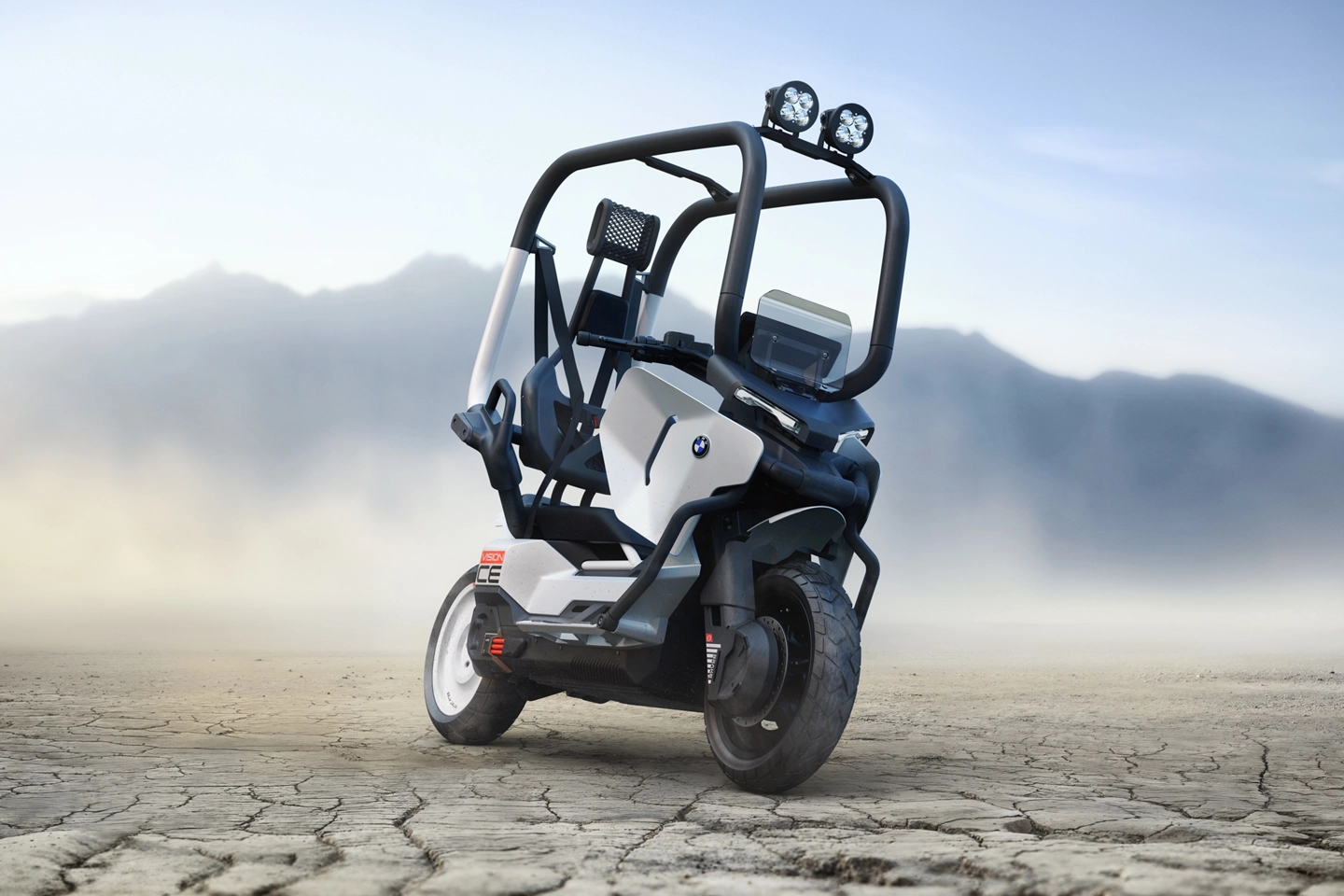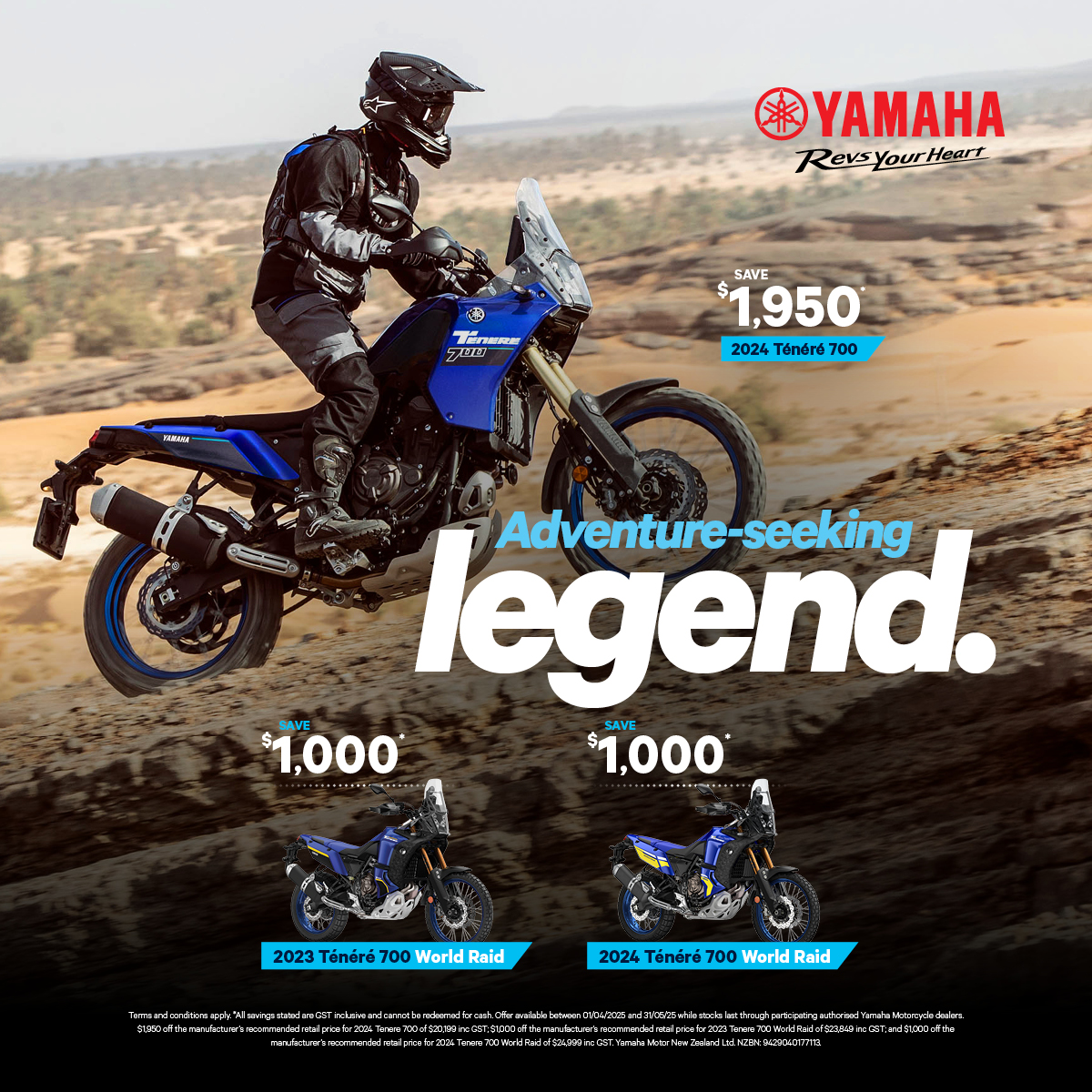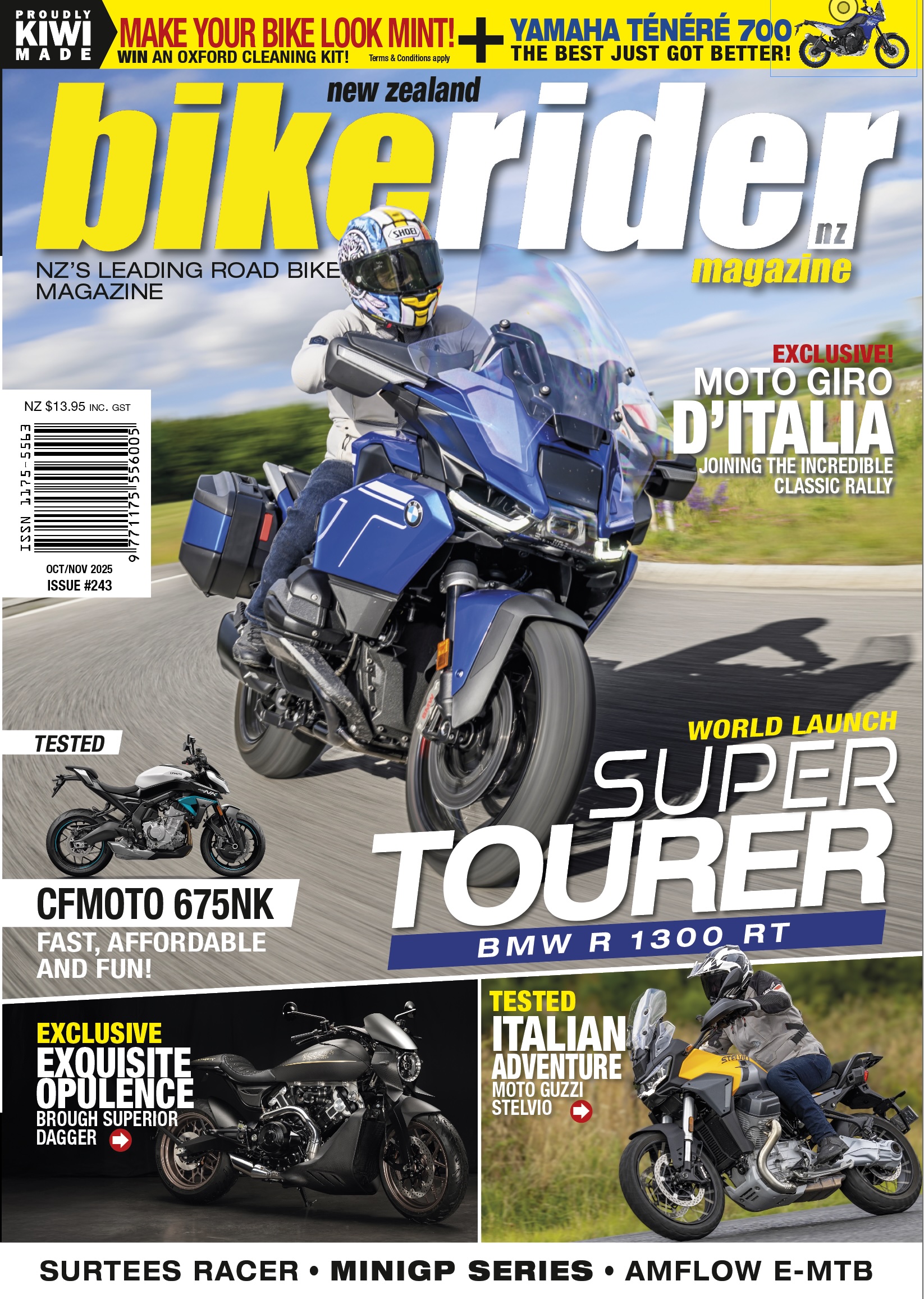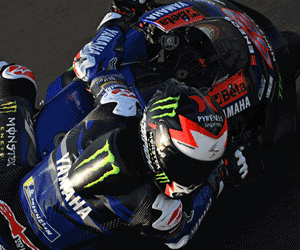- Gets a unique enclosed design
- Could use the same motor as the CE 04
- No word about the production model yet
BMW has taken inspiration from their iconic enclosed C1 scooter from the early 2000s with a bold new electric urban mobility concept designed to let riders cruise without the need for a helmet.
Dubbed the Vision CE, this battery-powered twist-and-go model debuted at the IAA Mobility Show in Munich. It features a robust twin-beam metal tube composite roll cage that offers protection to the rider and bodywork, much like the original C1, which launched in 2000 and was powered by either a 125cc or 200cc single-cylinder engine.
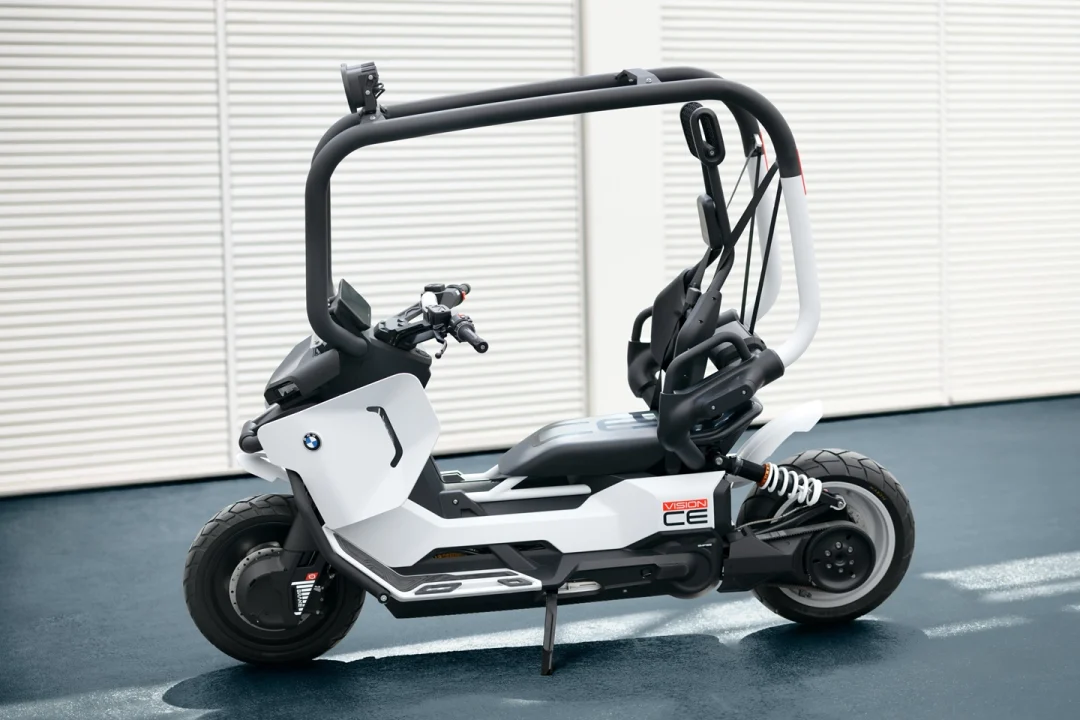
The Vision CE stands out with its open design, sporting two headlights mounted on either side of the rider’s shoulders. The concept focuses on making riding more accessible by eliminating the need for a helmet or full riding gear, although users can choose to wear protective equipment if they wish. However, the trade-off is that filtering through dense traffic might be more challenging without protective barriers.
Unlike its predecessor, the Vision CE lacks full windscreen coverage and rear body panels, offering minimal protection from the elements. The seating setup resembles that of a car, complete with an integrated backrest and a twin harness system to secure the rider in case of sudden movement or a fall. While BMW has not confirmed whether the Vision CE will enter production, it complements their existing lineup that includes the battery-powered CE 04 maxi scooter and the CE 02 urban mobility model. Earlier concepts, such as the Vision DC Roadster electric naked bike introduced in 2019, also didn’t reach production.
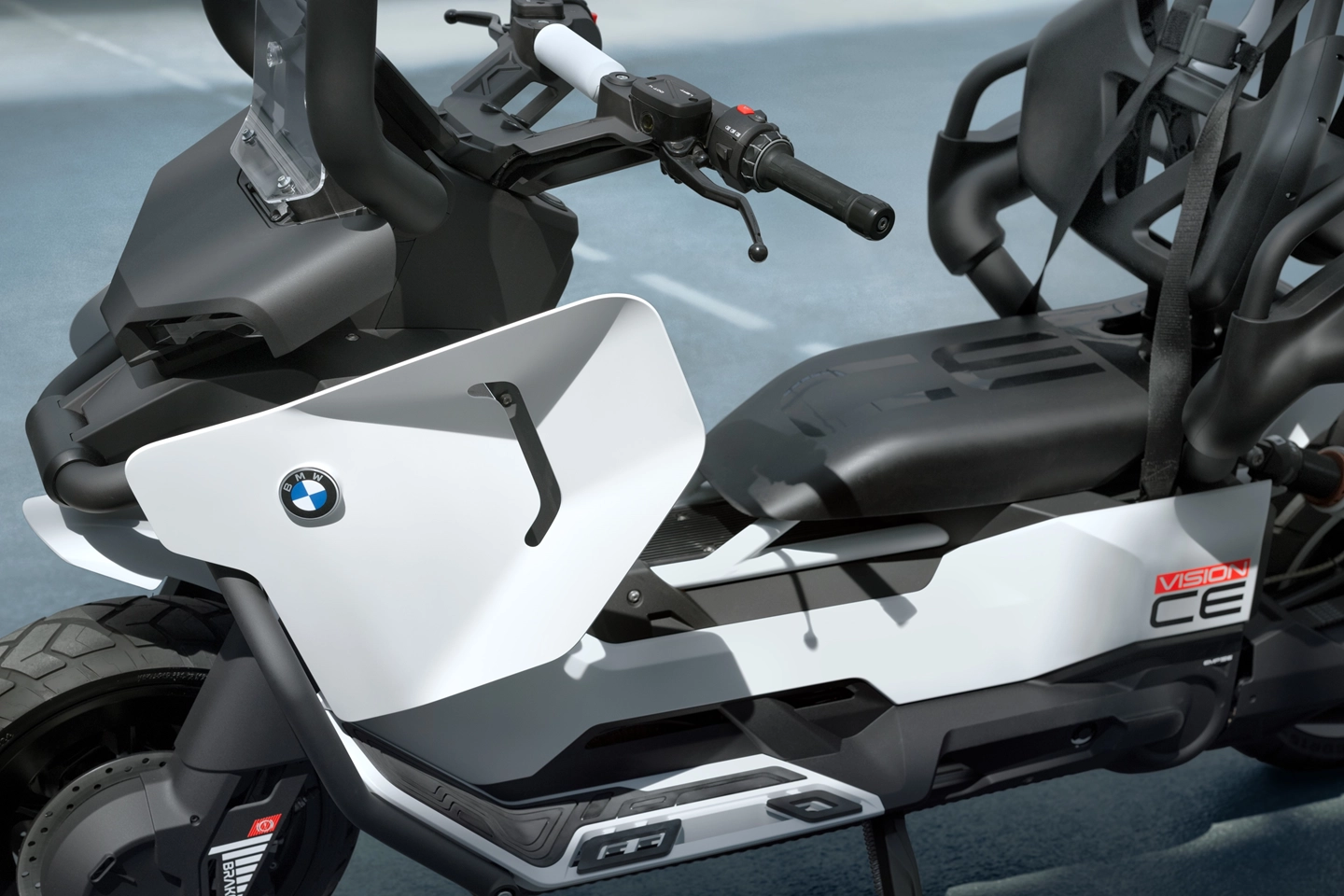
BMW positions this concept as part of their broader commitment to emission-free inner-city transportation solutions. A standout feature is the rumoured self-balancing technology, which could allow the vehicle to remain upright at stoplights, simplifying use in traffic-heavy environments.
Although BMW has not revealed how this technology functions, it’s worth noting that the company previously demonstrated a self-balancing version of the R1200GS adventure bike in 2018, hinting at the possibilities of stabilising systems in their future designs.

